Pinotage: A Tale of Luck and Chance
Step into the enchanting world of Pinotage, where the swirling symphony of fate and happenstance gave birth to a wine that has become a legend in its own right. Born from the unexpected marriage of Pinot Noir and Cinsaut, Pinotage emerged as a varietal with a character as bold and distinctive as its origin story.
In this blog post, we will unravel the captivating journey of Pinotage, exploring its unusual origins, the challenges faced in its early days, its triumphant rise in popularity, and offering insights into food pairings, frequently asked questions, and the distinguished wines from Bonnievale Wines.
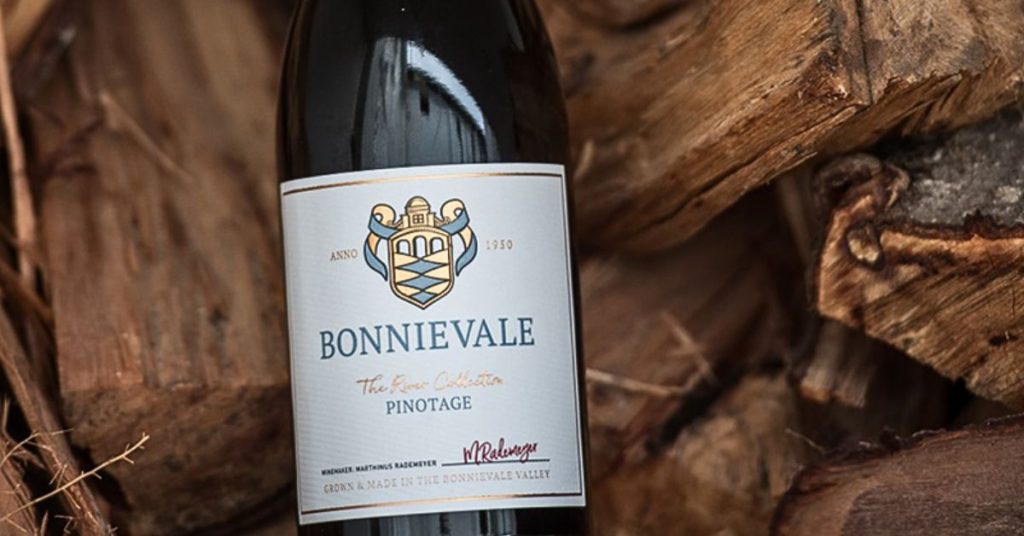
Unusual Beginnings
Abraham Izak Perold, often referred to as ‘the Father of Pinotage’, was a renowned South African chemist and viticulturist. In 1925, Dr. Perold, who was the first Professor of Viticulture at Stellenbosch University, successfully created the Pinotage grape variety by crossing Pinot Noir and Cinsault (Hermitage) in his garden at the Welgevallen Experimental Farm. This new varietal made wine history and was named Pinotage, combining the names of its parent cultivars.
Dr Perold’s aim was to develop a grape that possessed the rich and flavorful characteristics of Pinot from Burgundy while also being resilient, generous, and resistant to diseases like Cinsaut. However, a few years later, Perold left the university to join KWV, and his garden became neglected and overgrown.
Fortunately, fate intervened when a team of workers arrived to clean up the abandoned garden. Dr Charlie Niehaus, a young lecturer who happened to be passing by on his bicycle, recognised the significance of the Pinotage vines. He managed to salvage them and replanted them at Elsenburg Agricultural College, situated nearby.
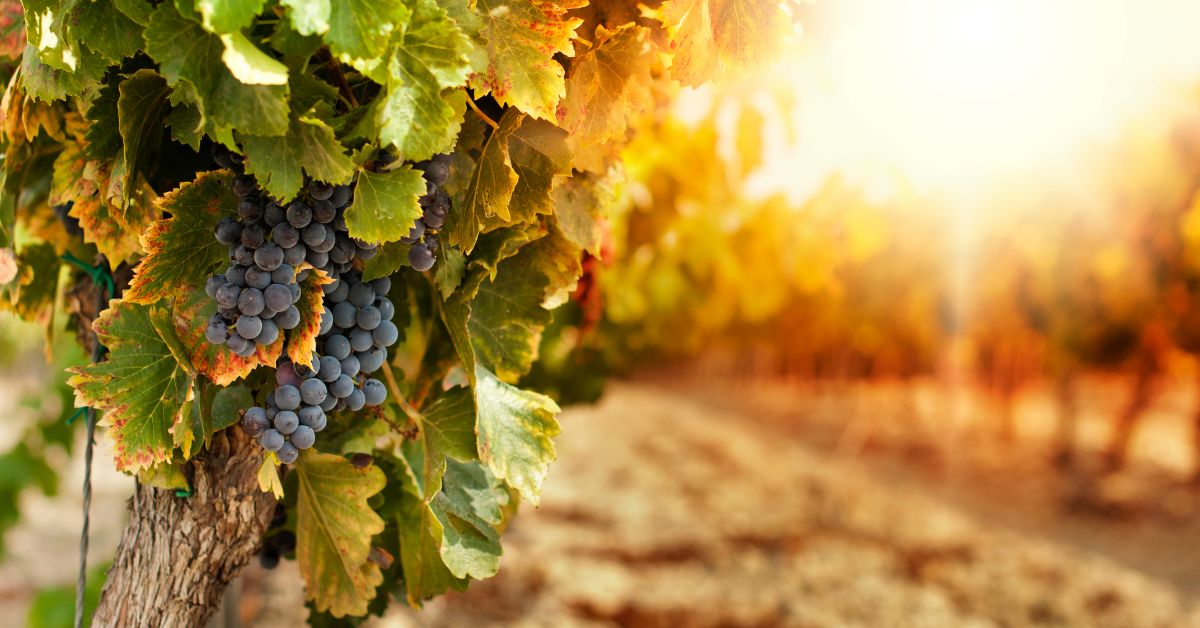
When Perold visited and saw the grafted vines, he immediately recommended their propagation. Thanks to the efforts of Dr. Perold and the fortuitous intervention of Dr. Niehaus, the Pinotage grape variety was preserved and has since become an integral part of South Africa’s viticultural heritage. Besides developing Pinotage, Dr Perold introduced 177 other grape varieties into South Africa.
The First Barrel
In 1941, CT de Waal produced the inaugural Pinotage wine at Elsenburg, while the first extensive commercial planting took place at Myrtle Grove, located near Sir Lowry’s Pass in the Helderberg region. Simultaneously, Kanonkop Estate witnessed the introduction of Pinotage vines by Danie Rossouw and Paul Sauer during the same year.
Overcoming Criticism
There was a period when the red varietal had lost its appeal in South Africa, with only 66,639 vines planted as of 1979 despite its ease of cultivation. Many wine drinkers found Pinotage red wine polarising as it had the propensity to develop isoamyl acetate during the winemaking process, resulting in a distinctively sweet yet pungent aroma often likened to paint. As a result, some winemakers started to make use of carbonic maceration in order to soften the tannins in the wine and make it fruitier, which can leave a scent of banana in the wine.
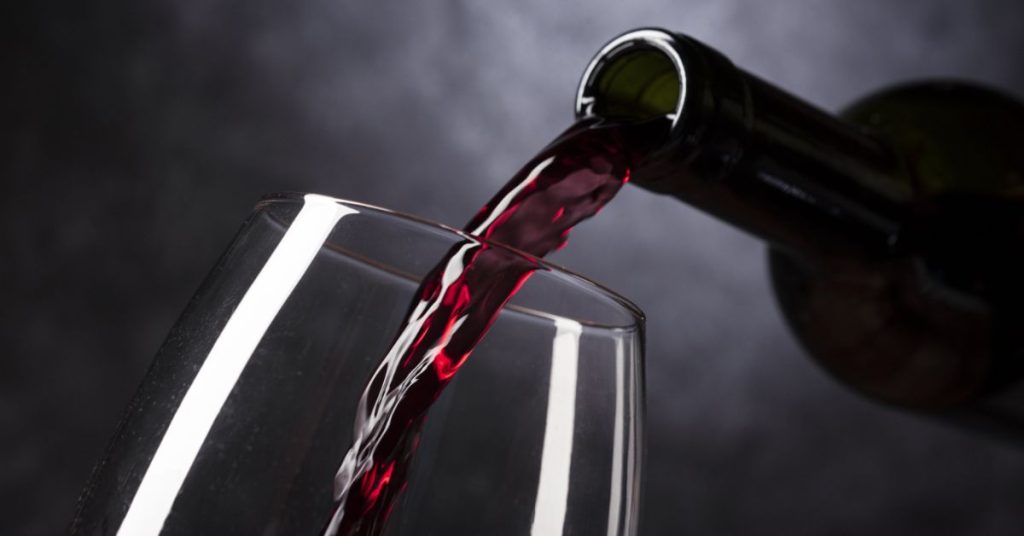
The international recognition of the varietal remained relatively muted until a breakthrough moment in 1987 when Beyers Truter from Kanonkop won the prestigious Diner’s Club Wine of the Year award for his wine. The grape’s popularity has seen peaks and troughs in line with the changing trends of the South African wine industry.
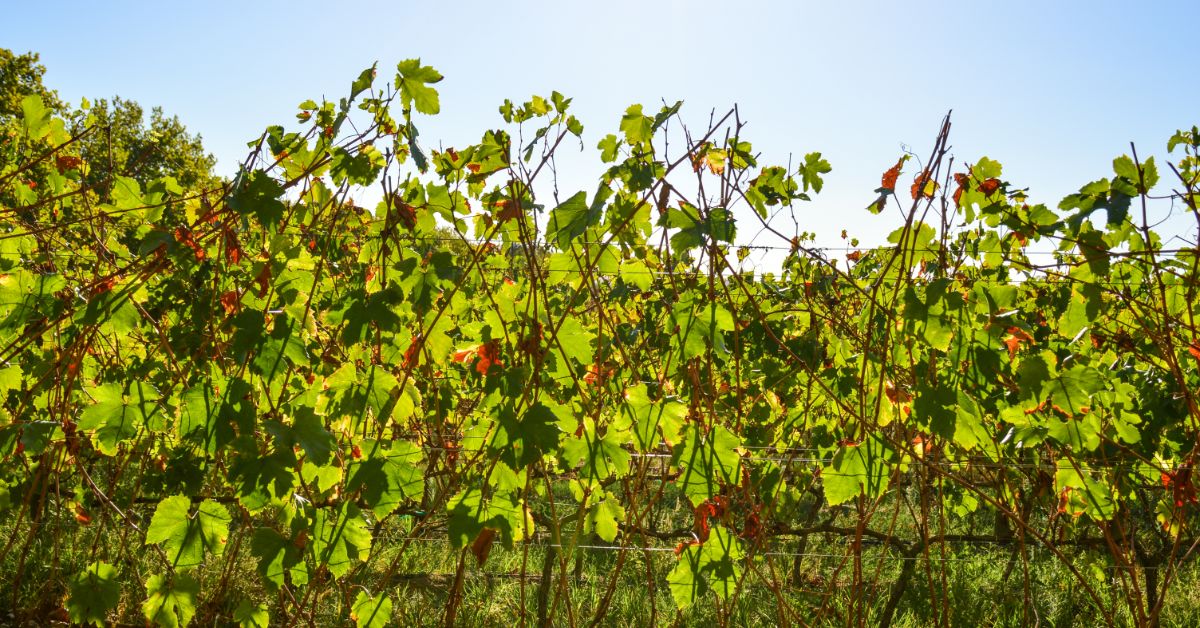
In the early 1990s, following the cessation of Apartheid, the global wine market was welcoming South African wines with open arms. However, winemakers overlooked Pinotage in favour of varieties with more international recognition, such as Syrah and Cabernet Sauvignon. But as the 20th century drew to a close, the fortunes of this grape began to shift.
By 1997, the wine was fetching higher prices than any other South African grape as continuous efforts were being made to improve the plants and evaluate clones, leading to a significant increase in plantings. Since then, there has been a resurgence of interest in Pinotage within South Africa, with an increasing number of winemakers exploring a vibrant and fruity interpretation of the varietal that emphasises the fruit over the oak, demonstrating true finesse with less ripe extraction.
Pinotage’s Growth
Between 2007 and 2017, there was a marked growth in the quality, demand, and availability of Pinotage. At the turn of the century, the annual production of the wine was around 3 million litres. However, domestic sales have since risen to over 5 million litres, and exports have surged from just over 8 million litres per annum in 2001 to over 19 million litres, providing an estimated contribution of R495 million to the local economy in 2017.
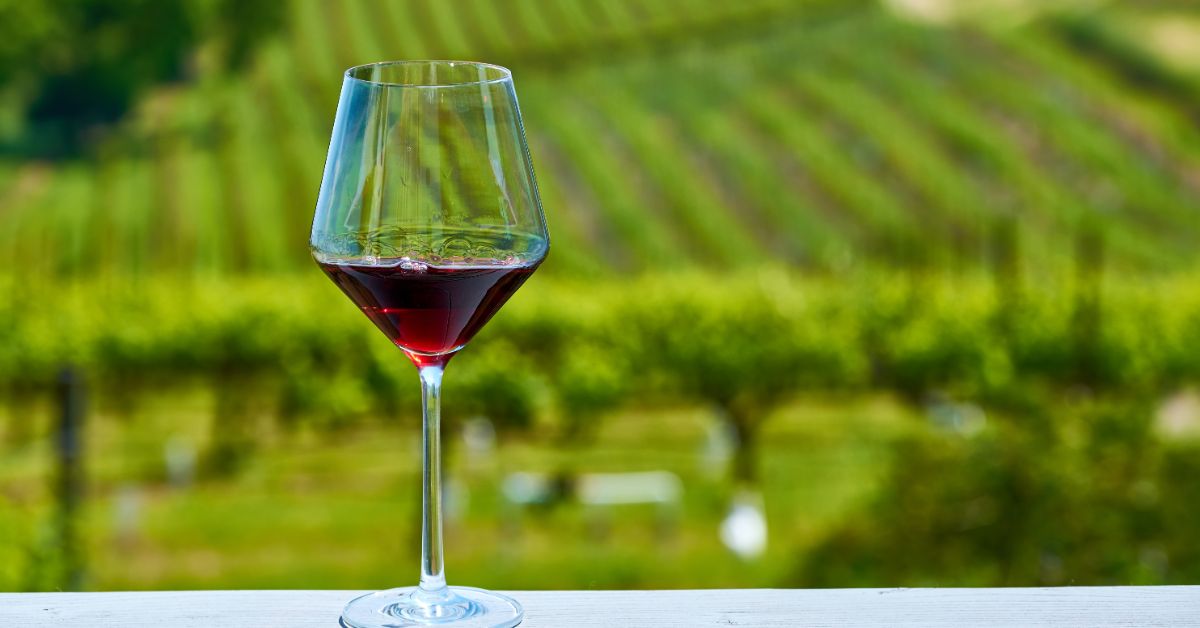
Food and Wine Pairing
A quality Pinotage complements a wide range of culinary delights. Traditional dishes like Bobotie, ratatouille, and curry are delicious, accompanied by a glass of Pinotage. It also pairs beautifully with more decadent dishes like venison, oxtail or spare ribs smothered in a rich barbecue sauce.
If the wine has been well-wooded, it often exhibits chocolate notes, making it a delightful accompaniment to many sweet indulgences. The versatility of the wine presents a myriad of possibilities that are limited only by your creativity.
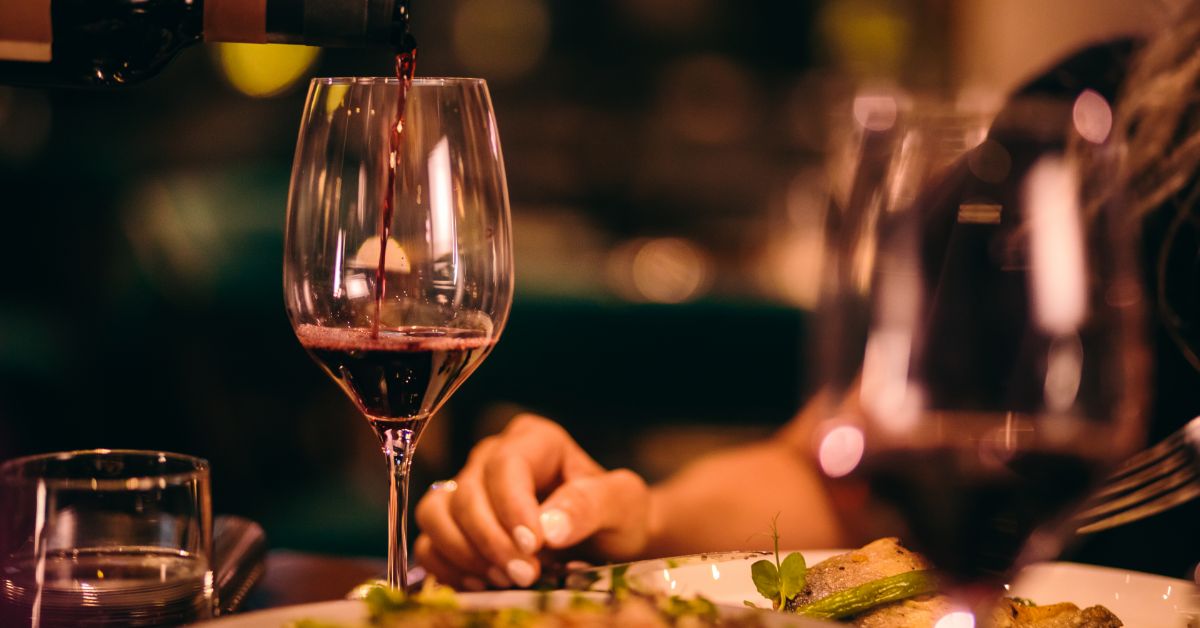
5 Frequently Asked Questions
1. How Do You Pronounce Pinotage?
Pinotage pronunciation, although not as tricky or foreign as some of the other varietals can be, can still be challenging to get right. It is pronounced ‘pi – nuh – taazh’, and this helpful video by the Wine & Spirit Education Trust will show you how to pronounce it correctly.
2. What Does a Pinotage Taste Like?
Pinotage presents an intriguing array of flavours. It harmoniously combines dark fruits such as black cherries and prunes with subtle notes of spice and smoke. A distinguishing feature of the wine is its pronounced coffee or mocha flavour, which sets it apart from other red wines.
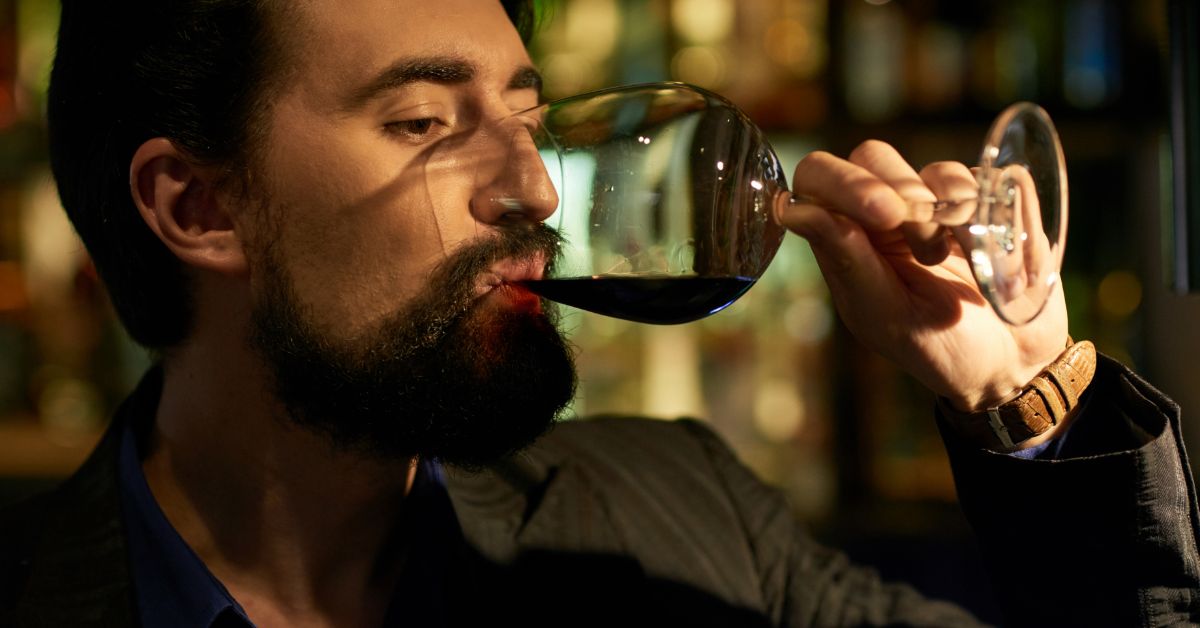
It is a robust wine with multiple layers, expertly balancing fruity, spicy, and earthy components. Its captivating taste makes it a distinctive and pleasurable wine that’s definitely worth trying.
Bonnievale Wines River Collection Pinotage 2021 is one of the best Pinotage in South Africa, and it combines rich notes of mature plums, cherries, and red berries with hints of mocha and chocolate. The wine’s noteworthy characteristics include fine tannins and a finish that is long and earthy. Our Pinotage wine price is R85.00 per bottle and is available to purchase from our online store.
3. Is Pinotage Unique to South Africa?
Although Pinotage was created and produced in South Africa, it is also grown in countries such as New Zealand, the United States, Germany, Israel, Australia, Brazil, and Canada. This global cultivation highlights the adaptability and charm of the wine. That being said, the majority of the world’s Pinotage is grown in South Africa, predominantly in the bountiful wine-producing region of Stellenbosch in the Western Cape.
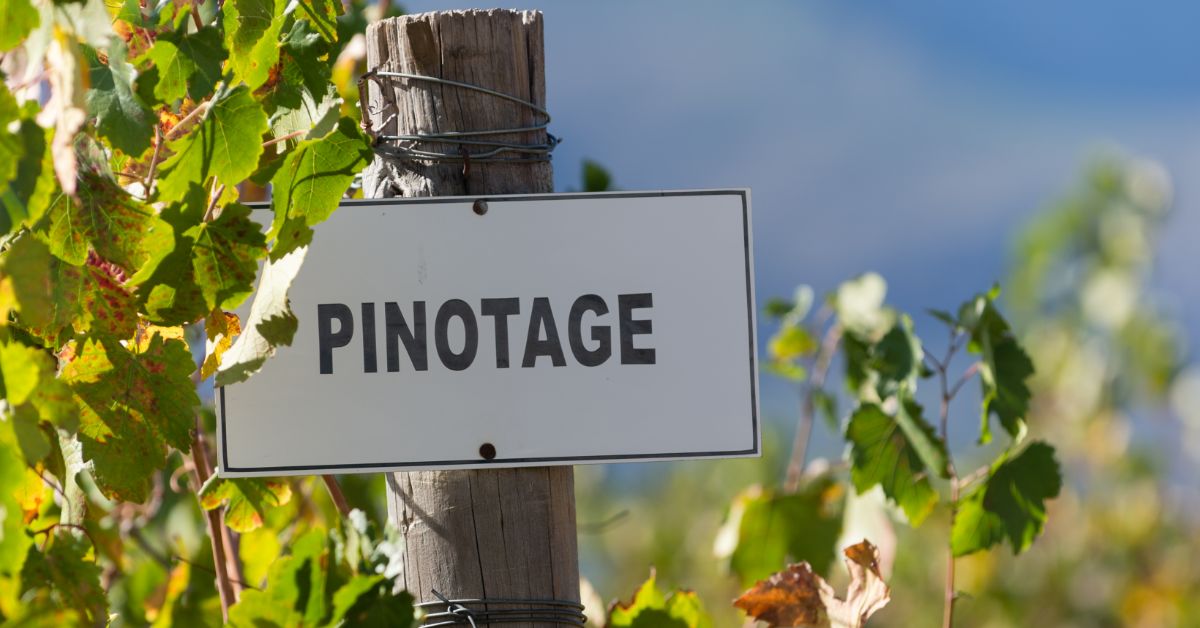
Despite its global footprint, the essence of the red wine remains firmly rooted in South Africa. The grape constitutes approximately 7.21% of the country’s total vineyard area, underlining its integral role in South African viticulture.
4. What’s The Difference Between Pinotage and Pinot Noir?
While Pinot Noir is indeed one of the parent grapes of Pinotage wine, the two are distinctly different. The Pinotage grape produces a wine that is remarkably darker with higher tannin levels, setting it apart from its Pinot Noir parent. Pinot Noir is also much more difficult to grow than Pinotage, with the latter being a much more rigorous vine.
5. Pinotage vs Merlot: How Do These Two Varieties Differ?
Pinotage has a light hue and intense flavours, with high acidity and fruit-driven notes of cherry, plum, raspberries, mocha and chocolate. Merlot, on the other hand, offers subtle aromas and flavours of plums, blueberries, and blackberries, accompanied by hints of herbal notes, while its acidity and tannin levels are relatively low.

Bonnievale Wines
Nestled in picturesque surroundings, Bonnievale Wines offers an enchanting backdrop for a memorable wine-tasting experience with those you cherish. We provide two options for wine tasting: a set of 3 wines at R35.00 and a choice of 5 wines at R55. We also regularly feature a wine and chocolate pairing, although we suggest checking its availability when booking. You can conveniently reserve your wine tasting experience through our website.
Stay up-to-date with all things Bonnievale Wines by following us on Twitter or Instagram. If you have any questions about our Pinotage or wish to know more about us, don’t hesitate to reach out at 023 616 2795 or send an email to info@bonnievalewines.co.za.
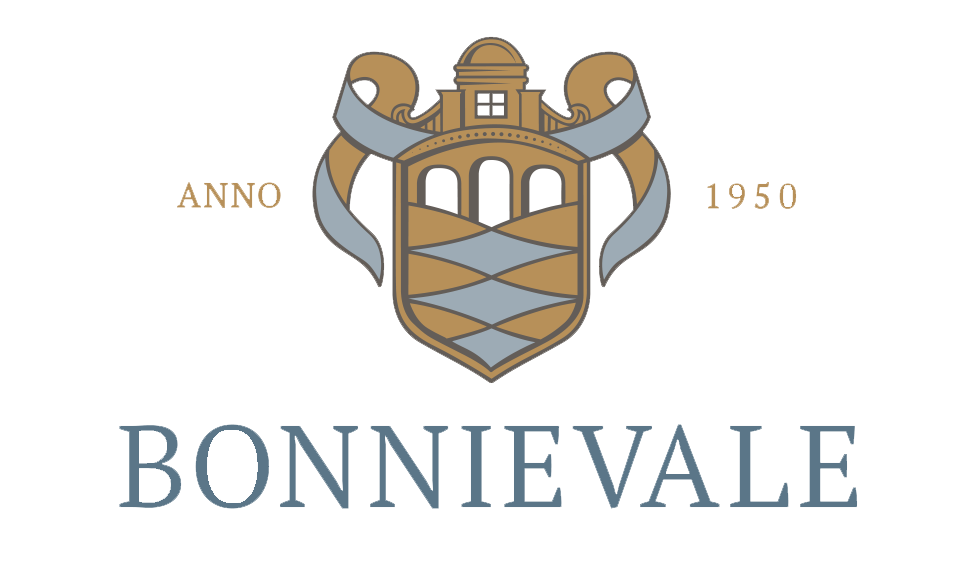
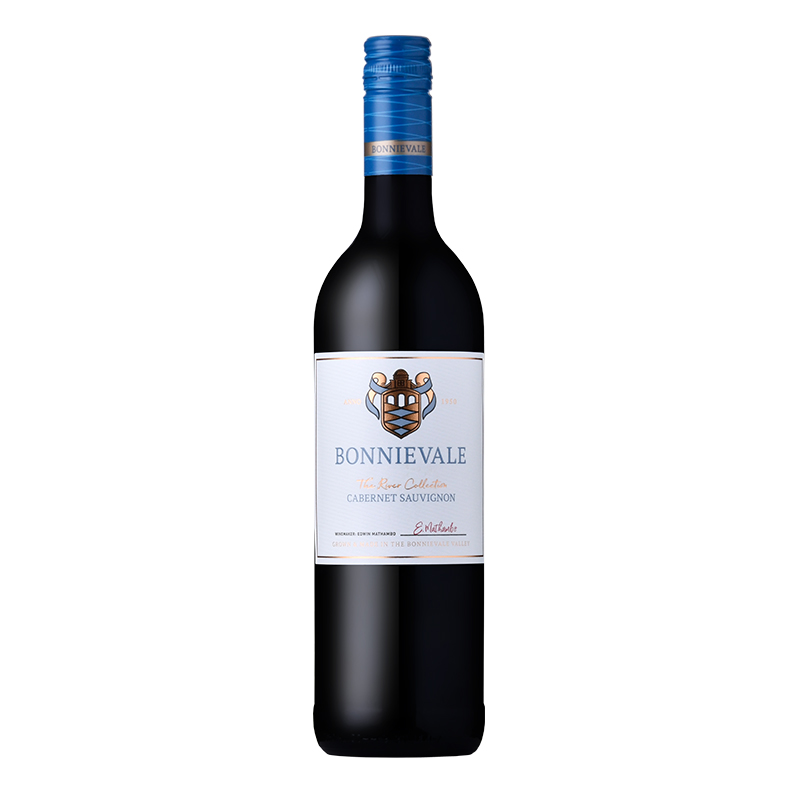
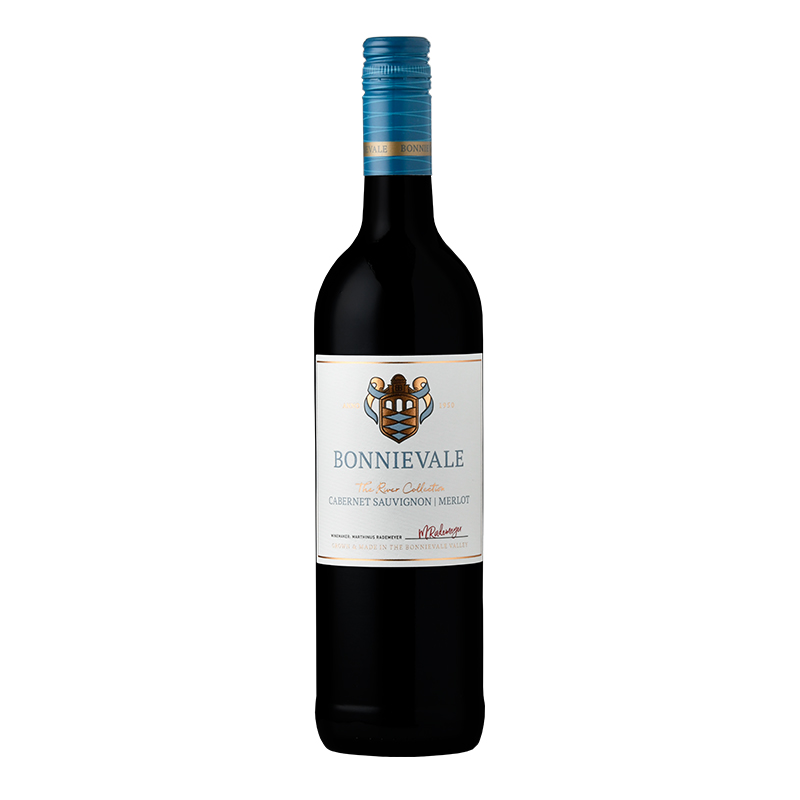

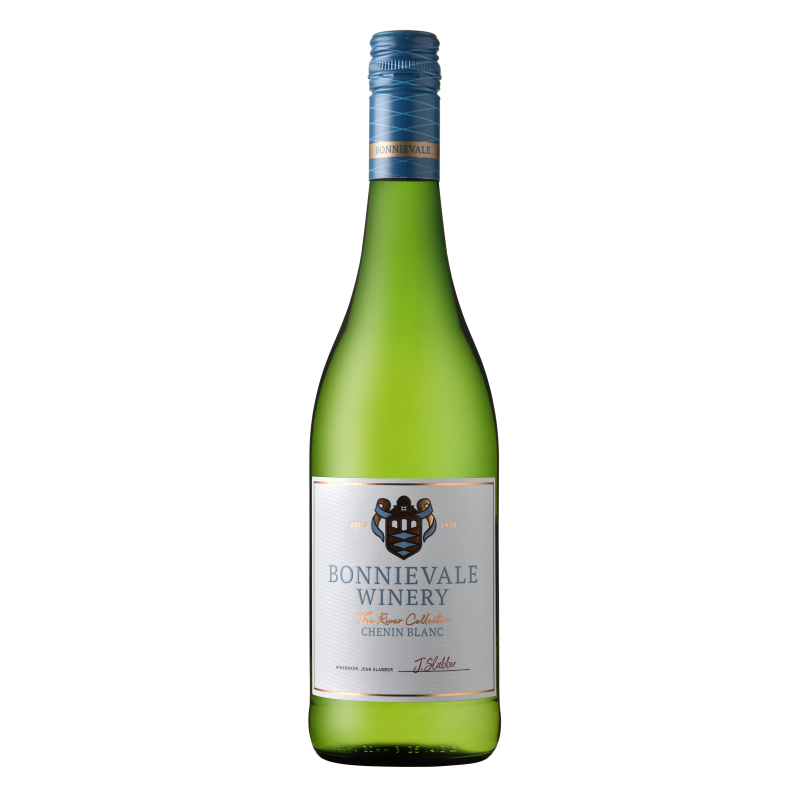
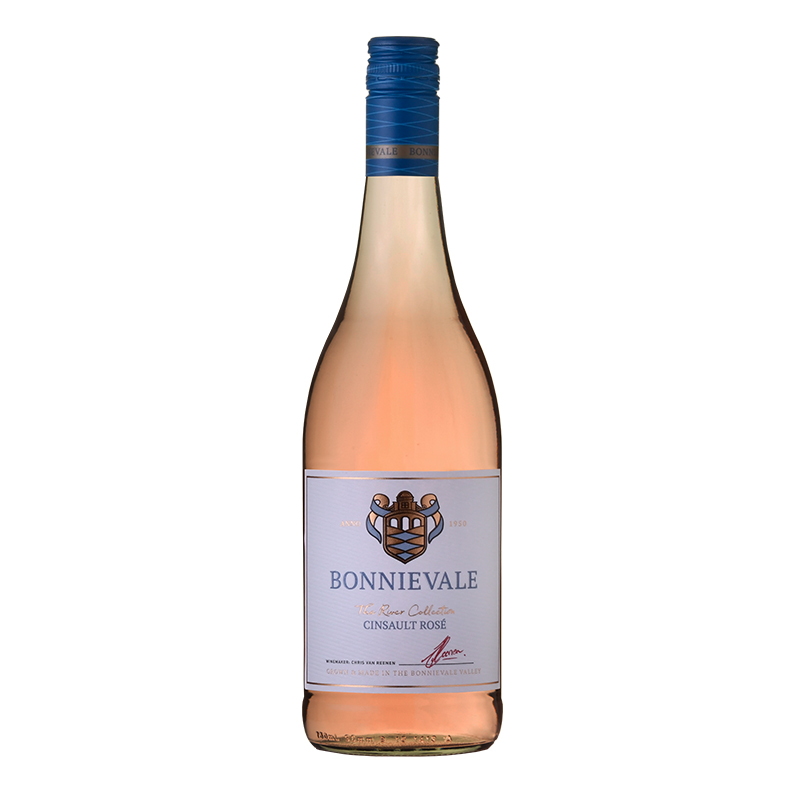
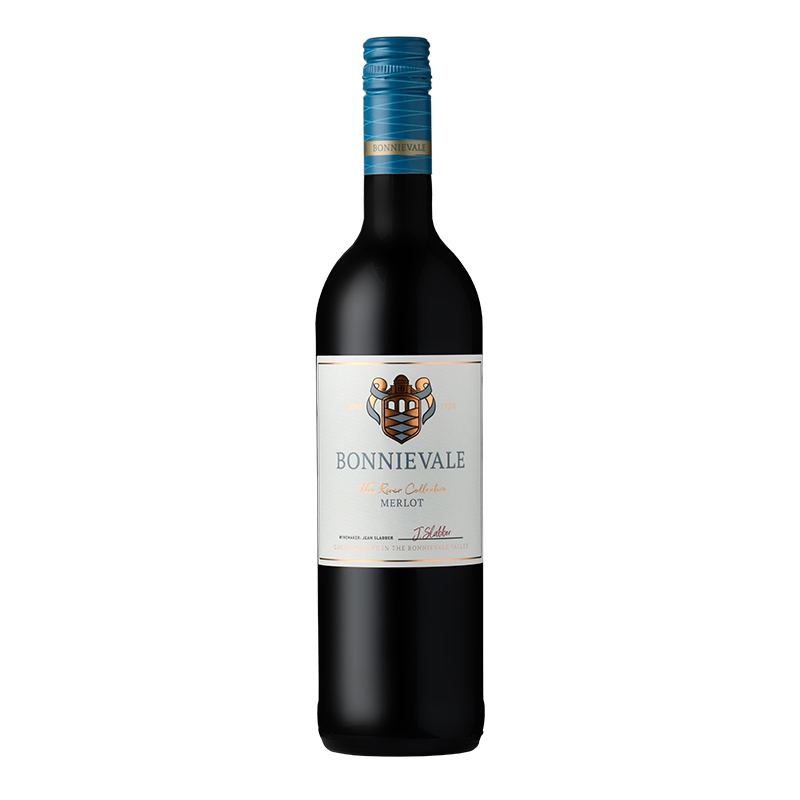
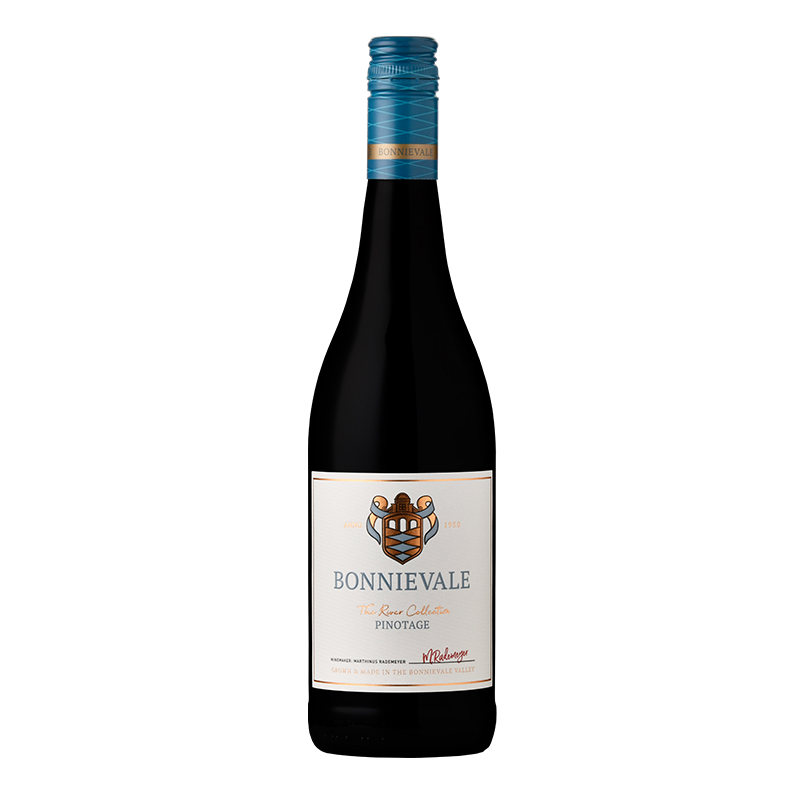
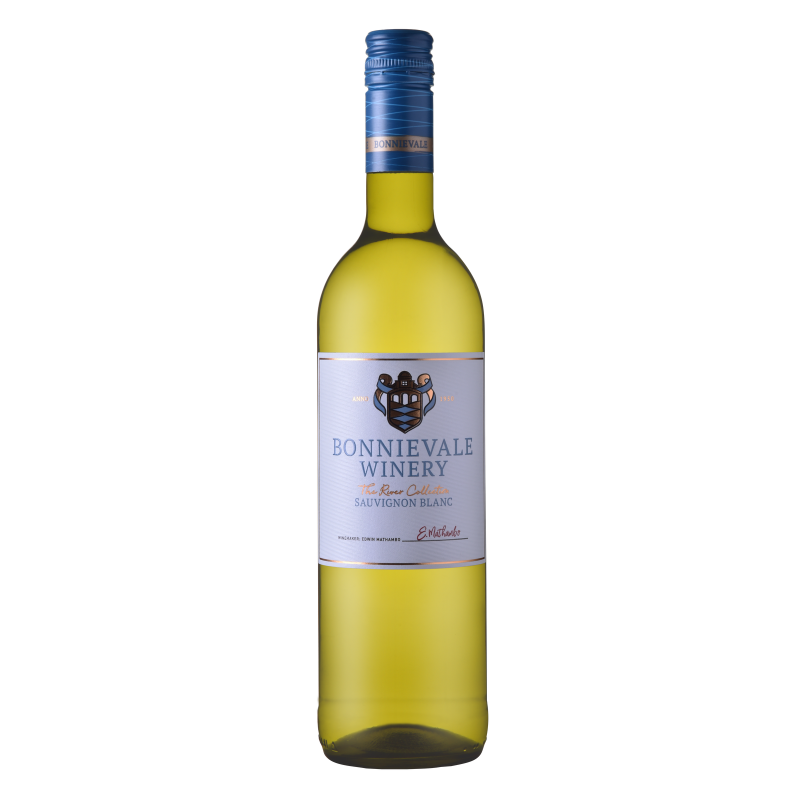
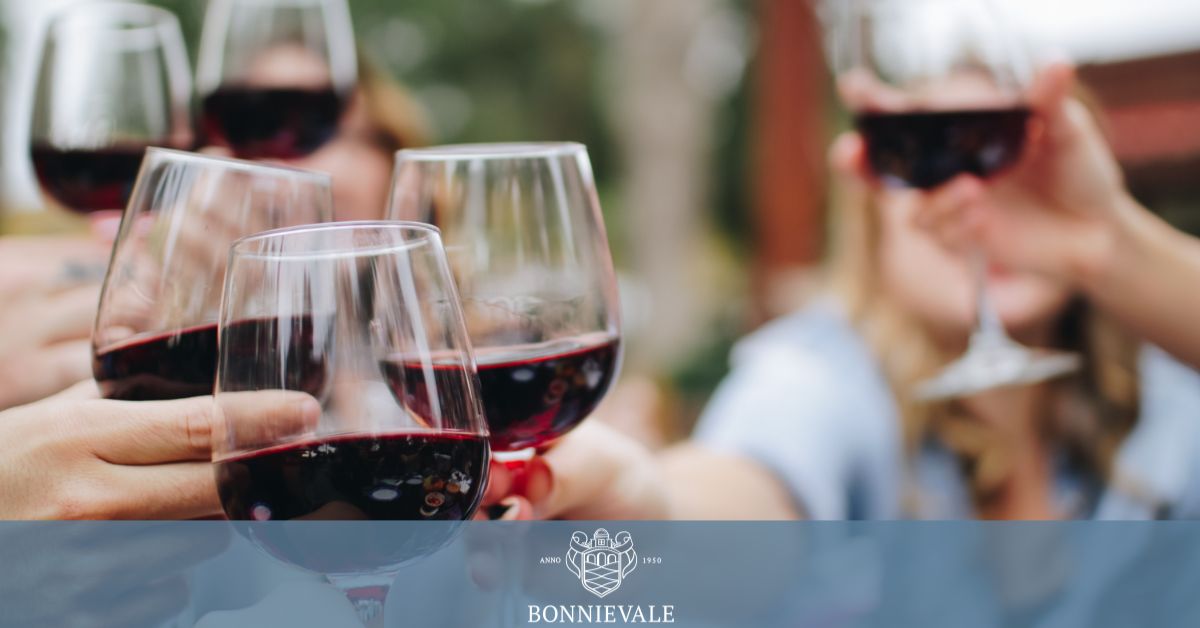
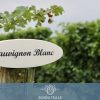
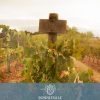
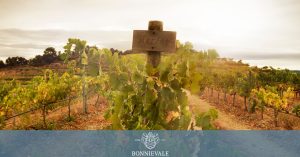
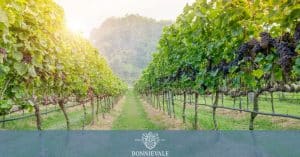
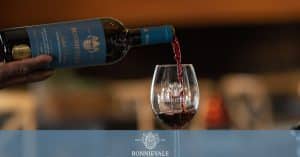

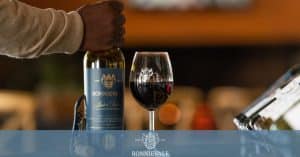
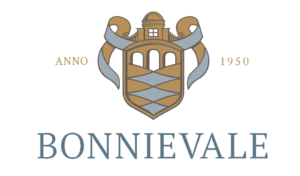
Leave a reply